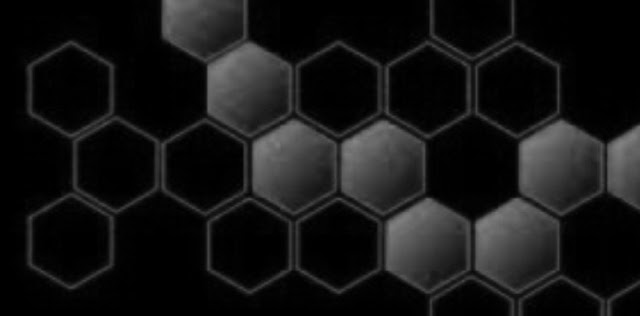Complexity Cocktails & How We Drink The Kool-Aid

It's Easter weekend - a time of year when I spend a little more effort to reflect on beliefs, confidence, doubts, ignorance, hope, and faith. Chief among the questions is a theme of asking what in my life do I defend and to what extent...along a spectrum from not-at-all up to final fatal battle of death . In the last month or so, I've also been particularly watchful of how others and I promote and defend the ideas, content, stances, and agendas of leaders in their respective realms. Much of this is online, but also in person. The clues take on many forms. Who is drinking whose Kool-Aid? and Who is pissing in whose? We can all imagine someone we know or follow who speaks in the same exact language as someone deemed a leader in a specific industry or community. These followers "like" or "share" or "retweet" darn near everything the leader posts. Everything the follower does is in direct harmony with the leader. It's a regurgit...





